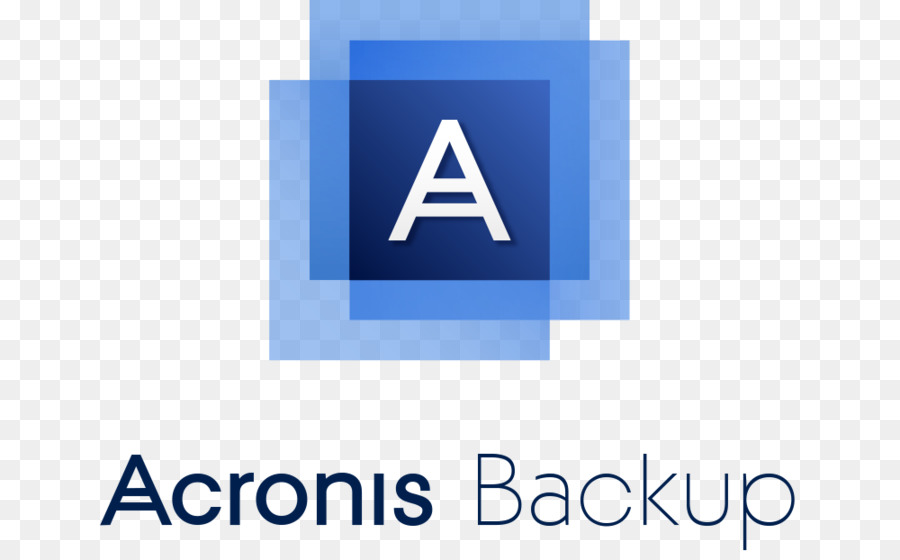
However, saved files will still reside in OneDrive, so you'll need to migrate them back to the local drive.Īnother way to go is archiving. Once you're done, the local folders will be restored.

This can quickly raise severe storage issues. In that case, the default folder synchronization will sync the folders' contents to any device you sign in to with the same account. Nevertheless, suppose you have tens or hundreds of gigabytes in the abovementioned folders. In a sense, OneDrive is intertwined with File Explorer to enable easy data management across all devices where you've signed in with the same account. If a document or a media file is deleted from your primary device, it also gets removed from OneDrive during the next sync cycle.Īnd while OneDrive is an optional feature for older Windows systems, in Windows 11 Home Edition, the default configuration is to "back up" files from Desktop, Documents, and Pictures folders directly to OneDrive.

While this is convenient, OneDrive doesn't let you recover files you've already deleted or have lost to corruption. OneDrive allows users to store their files on a cloud storage service so that they can access them via any device logged in with the corresponding account. The common misconception about OneDrive is that it offers true backup while, in fact, it's merely a syncing feature. However, Windows 11 also packs OneDrive, Microsoft's native "backup" option. The newest addition to the OS offers a couple of Windows backup features - Backup and Restore and File History.


 0 kommentar(er)
0 kommentar(er)
